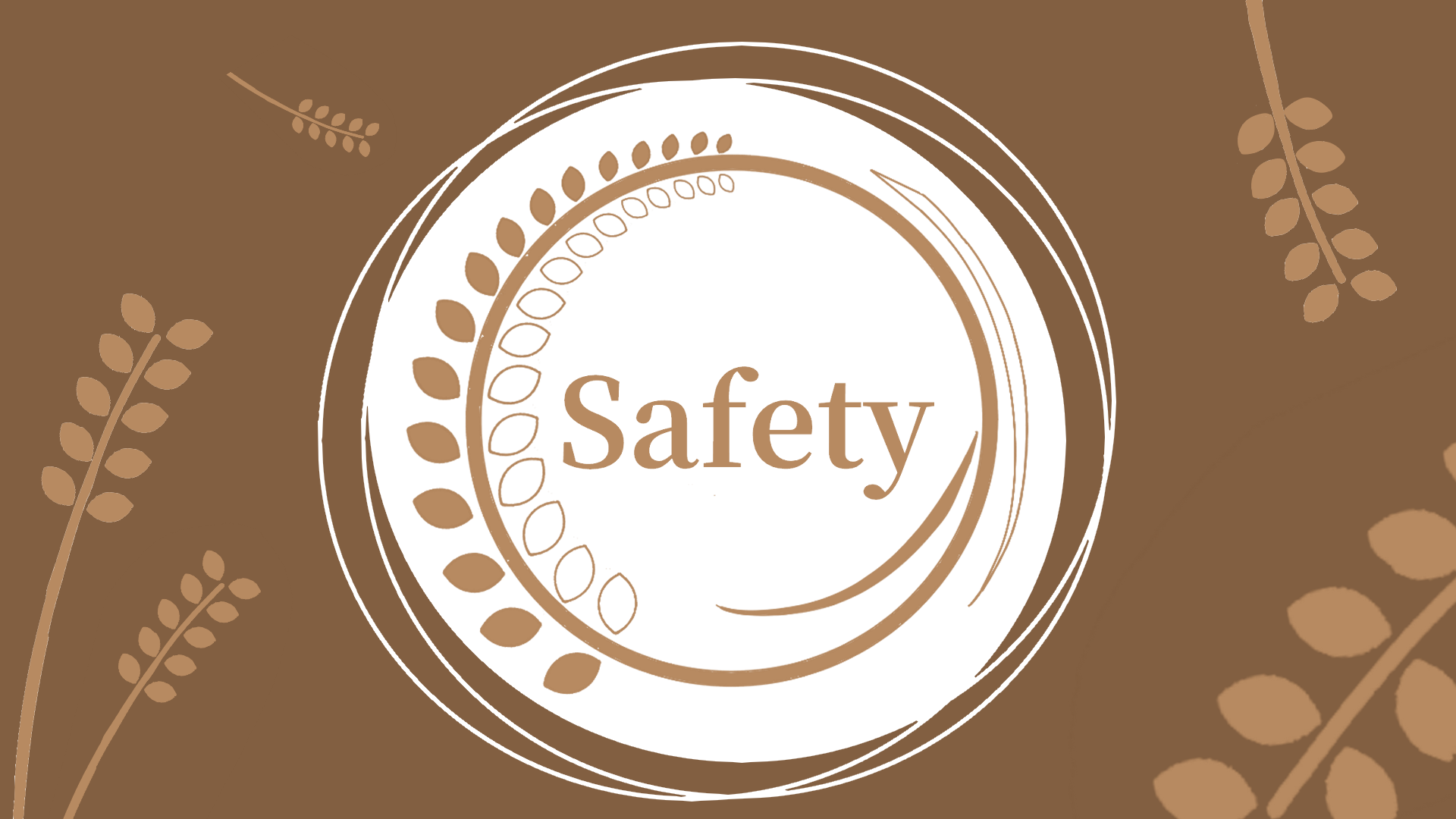
Safty
Prologue
As responsible researchers, it is necessary for us to select appropriate organisms for experimentation (which includes avoiding the use of organisms in risk groups 3 and 4) and comply with the non-release policy, and to conduct experiments in appropriate laboratories and properly manage personal protection of those involved in the experiment.
The following is NCHU_Taichung_2021’s safety-related information:
Biosecurity
Our project can be divided into two steps:
- Cellulose decomposition
- Synthesis of pyrroloquinoline quinone (PQQ)
a. In the cellulose decomposition step, we used numerous different genes from Clostridium thermocellum: cellulolytic enzyme genes, celK (exo-glucosidase), celA (endo-glucosidase), hemicellulolytic enzyme genes, xynC (xylanase) and scaffold protein genes cipA. All these genes were synthesized on plasmid, pGETS-118. The above-mentioned Clostridium thermocellum is a widely used cellulosome synthetic gene source, which had been used by several iGEM teams, includingthe 2012 iGEM Missouri Miners, 2015 iGEM NEAU-China, and 2020 iGEM HK SSC-iGEM.
b. During the step of synthetically producing pyrroloquinoline quinone (PQQ), our PQQ synthetic genes, pqqA, pqqB, pqqC, pqqD, and pqqE, all derived from Gluconobacter oxydans, which were found to not cause disease in humans and animals (Gupta et al. 2001).
The chassis used in the above two steps are 1. Bacillus subtilis WB800 and 2. Bacillus subtilis RM125, and Bacillus subtilis are found on the iGEM white
Plant test
In this project, 1. Arabidopsis thaliana Col-0 and 2. Oryza sativa var Japonica Taiken 9 are used as test specimens.
- Arabidopsis thaliana Col-0 is a model plant for test.
- Oryza sativa var Japonica Taiken 9 is a widely grown in Taiwan and which also an important food crop around the world.
The experiments using the above two plants were all carried out in a controlled laboratory environment: the test using Arabidopsis thaliana Col-0 was performed in a constant temperature growth room; and the test using Oryza sativa var Japonica Taiken 9 was performed in NCHU’s experimental greenhouse. All of the experimental plant materials are strictly under control to avoid any leaking threat to the environment.
Chemical Control
Among the chemicals used in our experiments, Dimethylformamide, which is carcinogenic to humans, and corrosive Sodium hydroxide, and 3,5-Dinitrosalicylic acid, are used and discarded according to the regulations and guidelines of NCHU’s Safety Center (full name: Center for Environmental Protection & Occupational Safety and Health).
The experimental operations were all carried out in a fume hood, equipped with personal safety protection (see Protective equipment for details).
Protective Equipment
It is necessary to be equipped with qualified personal safety protection equipment (PPE) during the experiment and in qualified environments.


Disposal
- Biological waste is sterilized in an autoclave at 121°C and then discarded according to the rules of the NCHU Safety Center.
- The disposed chemicals are managed by university officials who pass the waste on to a licensed third party.



